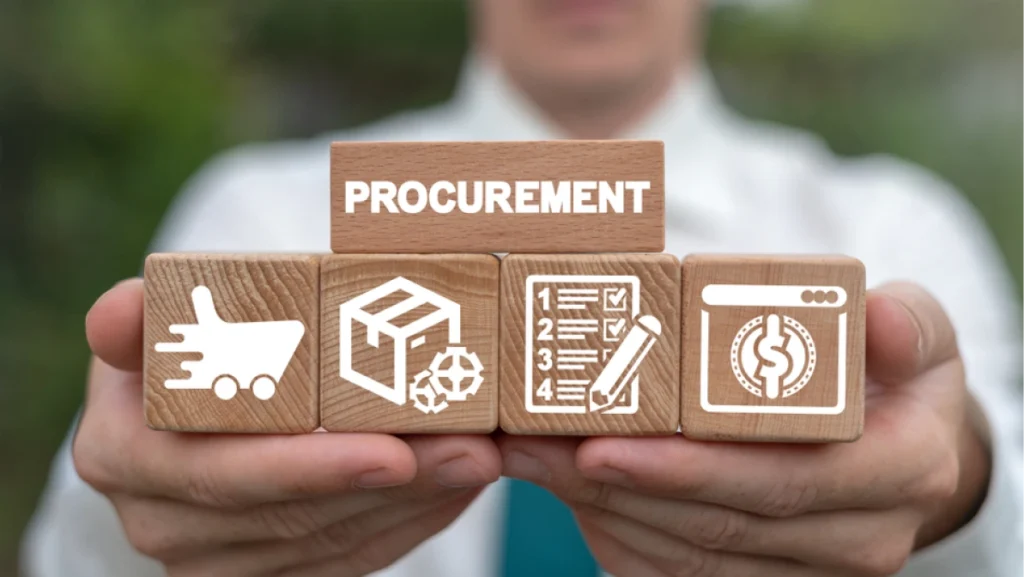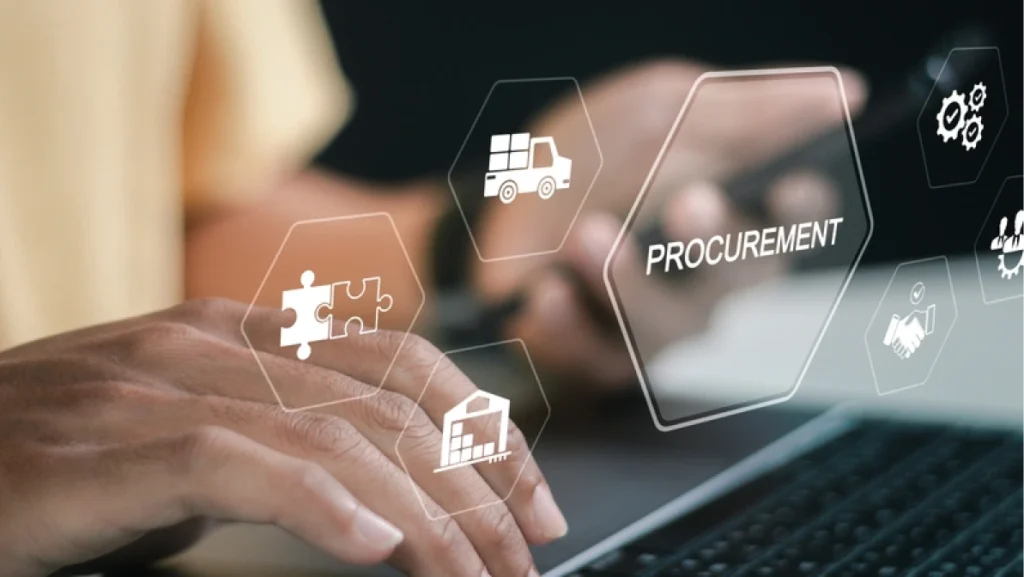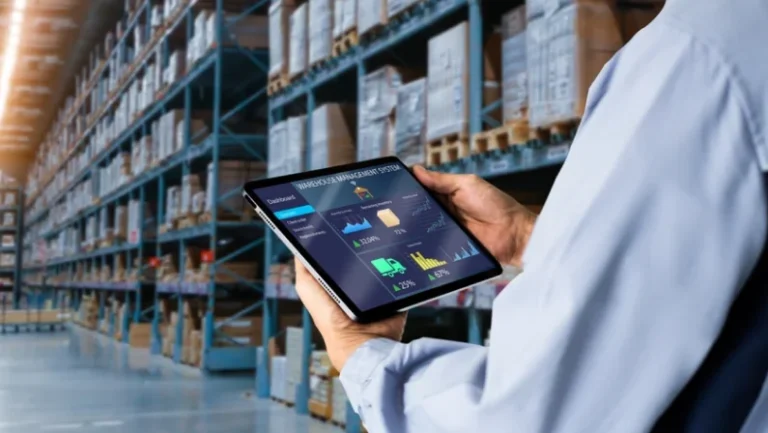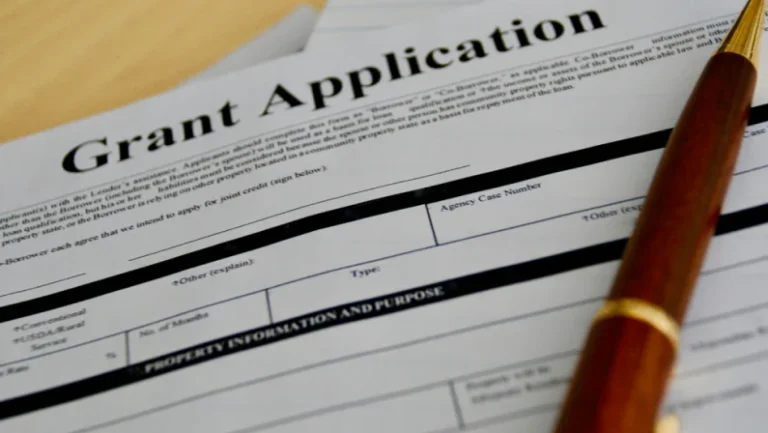When it comes to sourcing goods and services, two terms often come up: procurement and purchasing. While they may sound similar, there are distinct differences between the two.
In this article, we’ll break down the meaning of procurement vs. purchasing, explore their key activities, and explain how they function within the supply chain. Understanding these differences will help your business streamline operations and make more informed decisions when it comes to managing resources and suppliers.
What is Purchasing?
Purchasing refers to the process of acquiring goods or services from external sources to meet a company’s immediate operational needs. This process typically involves placing orders, negotiating prices, and managing the payment process. In short, purchasing is focused on the transactional aspects of obtaining the products or services required by a business.
Purchasing Definition
Purchasing is the tactical part of the procurement process, mainly involving the act of buying goods or services. This includes everything from identifying the item, getting approval to buy, placing the order, to ensuring payment is made. Purchasing decisions are often reactive and driven by short-term needs.
Purchasing Key Activities
Purchasing involves several key activities that ensure the company has the products or services needed to meet its operational goals. These activities focus on the actual act of obtaining goods and services, and each one plays an essential role in the smooth operation of a business.
Here’s a deeper look into the key activities involved in purchasing:
1. Order Placement
Order placement is the core of the purchasing process. This is the step where goods or services are requested from suppliers. It involves specifying what is needed, in what quantities, and at what price, and then officially placing the order.
The purchasing department may issue a purchase order (PO) to the supplier, which serves as a formal request to provide the specified goods or services under agreed-upon terms.
2. Invoice Processing
Once goods or services are delivered, the next key activity in purchasing is invoice processing. This step involves reviewing and verifying the invoices received from suppliers to ensure they match the purchase order and delivery receipts. The verification process helps prevent overpayments or discrepancies in pricing, quantity, or terms.
3. Supplier Relationship Management
Supplier relationship management (SRM) is a key part of the purchasing function. It involves maintaining ongoing communication and working closely with suppliers to ensure that goods and services are delivered on time, meet quality standards, and are cost-effective.
Purchasing management helps oversee these activities, ensuring that each step, from order placement to payment, is executed properly.
Purchasing Characteristics
The nature of purchasing tends to be tactical, short-term, and reactive, focusing primarily on fulfilling immediate operational needs.
Here’s a deeper look at these characteristics:
1. Short-Term Focus
Purchasing tends to focus on fulfilling the immediate, day-to-day needs of the business. This could involve buying items that are running low in inventory or replacing a malfunctioning piece of equipment. Since purchasing is primarily concerned with the now, it operates with a short-term focus on getting the goods or services needed to keep business operations running smoothly without delving into long-term supplier strategy or negotiations.
2. Tactical
Purchasing is primarily a tactical function because it deals with specific, operational decisions that need to be executed quickly. This means the purchasing team makes decisions based on immediate needs, supplier availability, and budget constraints.
The tactical nature of purchasing means that decisions are often made within the framework of existing procedures, without necessarily looking ahead to the broader, strategic impact on the business’s long-term goals.
Key tactical decisions in purchasing include:
- Selecting suppliers based on price, delivery times, and quality.
- Managing day-to-day orders and ensuring that they are processed smoothly.
- Ensuring compliance with company policies and budget guidelines.
3. Reactive
Purchasing is often reactive because it is driven by the immediate demands of the business. For instance, when stock levels run low, when equipment breaks down, or when an unforeseen need arises, the purchasing department steps in to address these issues by placing orders and ensuring that the business can continue functioning without interruptions.
This reactive approach means purchasing teams often work on a tight timeline and are expected to quickly resolve issues as they come up, especially in fast-paced industries.
What is Procurement?

Procurement, on the other hand, is a much broader, more strategic process that involves identifying, acquiring, and managing suppliers to meet the long-term needs of the organization. While purchasing is a part of procurement, procurement encompasses the entire process of sourcing, evaluating, and managing suppliers and contracts over a longer period.
Procurement Definition
Procurement refers to the overall strategy and management of acquiring goods, services, or works from an external source. It includes planning, sourcing, negotiating contracts, and ensuring the long-term availability of goods or services needed by a company.
To put it simply, procurement meaning is about making sure your business gets what it needs, not just for today, but for the future.
Procurement Key Activities
Procurement is a broad, strategic process that involves more than just the act of purchasing goods or services—it includes planning, managing supplier relationships, and ensuring that an organization is equipped to meet its needs both now and in the future.
Let’s take a closer look at the key activities involved in procurement:
1. Supplier Identification
Supplier identification is the first and one of the most critical steps in the procurement process. It involves researching and selecting suppliers that can meet the organization’s requirements for goods, services, or works.
Supplier identification is an ongoing activity, as procurement teams must continuously evaluate the market and find the best-fit suppliers to ensure long-term success.
2. Contract Negotiation
Once the right suppliers have been identified, procurement teams move to contract negotiation. This activity involves establishing terms and conditions that ensure favorable outcomes for both parties.
Effective contract negotiation is essential for securing competitive prices, favorable delivery schedules, and high-quality products or services, all while maintaining positive supplier relationships.
3. Risk Management
Risk management is a critical component of the procurement process, especially when considering the various potential disruptions in the supply chain. Procurement teams must proactively identify risks—such as supplier failure, shipping delays, natural disasters, or political instability—and put mitigation strategies in place.
Procurement Characteristics
Procurement is a strategic and long-term endeavor that requires careful planning, foresight, and collaboration. The characteristics of procurement highlight its importance in securing the future success of the business.
1. Long-Term Focus
While purchasing tends to focus on immediate needs, procurement takes a broader, more strategic view that covers the entire lifecycle of supplier relationships. This means that procurement doesn’t just handle immediate orders, but also plans for future demand, identifies potential supplier risks, and negotiates long-term contracts.
2. Strategic
Procurement is a strategic function that aims to create value for the business over time. Beyond just securing goods and services, procurement focuses on optimizing costs, ensuring quality, and mitigating risks.
Effective procurement practices lead to long-term savings, improved operational efficiency, and better supplier relationships—all of which contribute to the company’s overall success.
3. Proactive
Procurement is a proactive activity that involves forward planning to ensure that an organization is well-prepared to meet its needs in the future. This is in contrast to the reactive nature of purchasing, where decisions are often made based on immediate needs or inventory shortages.
Procurement, by its nature, involves anticipating future demand, identifying potential risks, and ensuring that the organization has the resources it needs to succeed in the long run.
Key Differences Between Procurement and Purchasing

While procurement and purchasing are related, there are distinct differences in their scope, focus, and impact on the business. Let’s take a closer look at these differences:
Scope
Procurement
Procurement covers a broad scope and involves everything from the initial identification of a need to selecting suppliers, negotiating contracts, and managing supplier relationships. It ensures the business has the right suppliers to meet its ongoing needs.
Purchasing
Purchasing is a narrower focus, limited to the actual buying of goods or services. It’s more about executing an order and making sure that the purchase meets the immediate needs of the business.
Focus
Procurement
Procurement focuses on long-term strategy. This includes planning, developing supplier relationships, negotiating favorable terms, and ensuring a continuous and sustainable supply chain.
Purchasing
Purchasing is more tactical and short-term. It’s about fulfilling immediate demands—whether that’s ordering a batch of supplies or placing an order for office equipment.
Process Duration
Procurement
Procurement is a long-term process that involves ongoing relationships with suppliers and strategic planning for future needs. It’s not just about buying now; it’s about ensuring that the business has what it needs down the road.
Purchasing
Purchasing is a short-term, transactional process. Once the order is placed, the purchasing cycle ends—until the next order comes up.
Impact on Business
Procurement
Strategic procurement decisions can have a profound impact on a company’s success. Effective procurement processes lead to cost savings, improved supplier relationships, and reduced supply chain risks.
Purchasing
Purchasing’s impact on the business is more immediate and logistical. While it’s crucial for meeting day-to-day needs, it doesn’t drive long-term value or contribute as directly to the overall strategic goals of the business.
Procurement vs. Purchasing in Supply Chain
Both procurement and purchasing play critical roles in supply chain management.
Procurement is focused on building a strong, reliable network of suppliers and creating long-term relationships. This strategic approach ensures that the company can meet future demands, mitigate risks, and manage costs effectively.
Purchasing, on the other hand, handles the operational side. This is where the actual buying process takes place—ensuring that goods and services are available when needed, and that everything is invoiced and processed correctly.
Together, procurement and purchasing work hand-in-hand within the supply chain. Procurement lays the foundation for sustainable supply chain management, while purchasing ensures that the necessary goods and services are acquired and available for immediate use.
Which One is More Important: Procurement or Purchasing?

The importance of procurement and purchasing ultimately depends on the needs of your business. If your company is focused on creating strong, long-term relationships with suppliers, reducing costs, and managing risks, then strategic procurement will be your priority.
Procurement decisions will help build a strong, resilient supply chain that can weather challenges and adapt to changes in demand.
However, if you’re a business that operates with more immediate or short-term needs, purchasing will be the focus. Purchasing ensures that goods and services are readily available to meet daily operations.
Ideally, a successful business needs to balance both procurement and purchasing. Having a strong procurement strategy ensures long-term stability, while an efficient purchasing process takes care of immediate operational needs.
For businesses looking to optimize their procurement and purchasing strategies, LSI offers expert guidance and resources to streamline both processes. Learn how we can help your business achieve long-term success through strategic procurement and efficient purchasing.
Maximize Your Procurement Efficiency with LSI
Understanding the difference between procurement and purchasing can help you create a more efficient, cost-effective supply chain. Are you looking to improve your procurement strategy or optimize your purchasing process? Reach out to LSI today to learn how we can help improve your business operations!
By understanding the roles of procurement and purchasing, businesses can better align their strategies and operational practices to ensure both short-term success and long-term growth.





